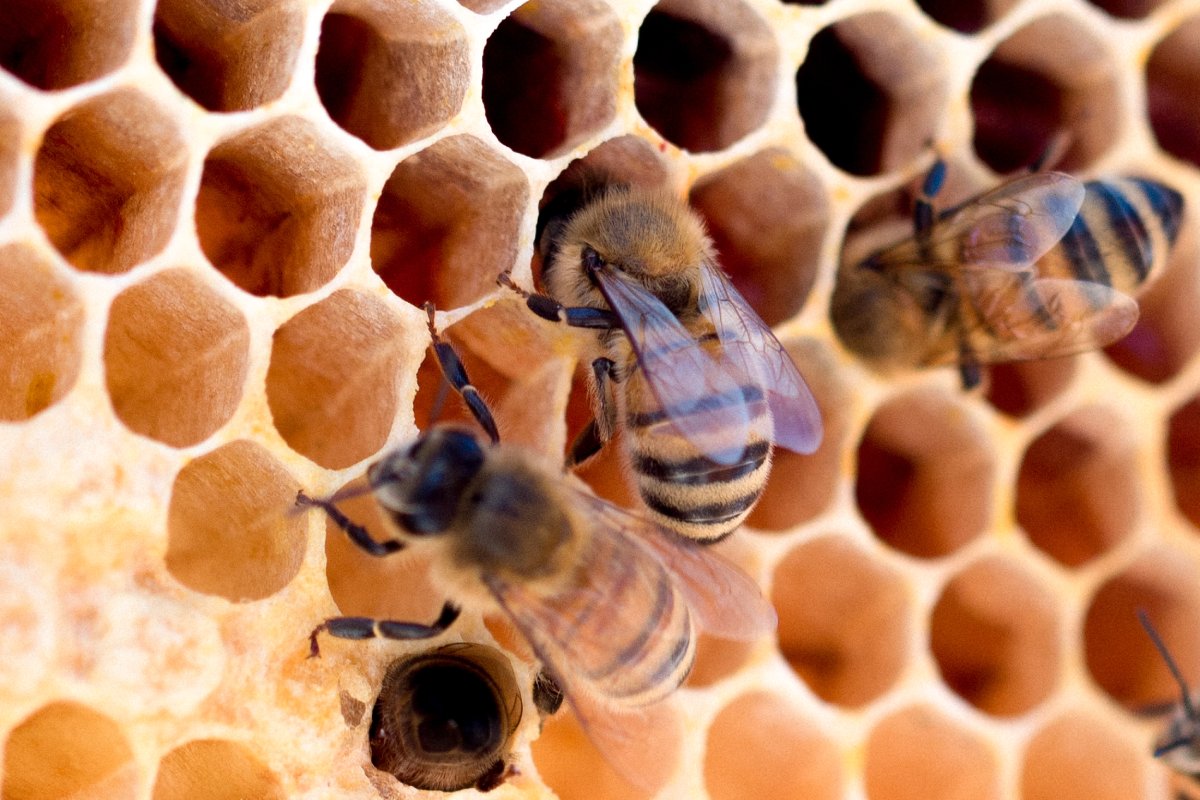Introduction
As we ponder the intricacies of our vast ecosystem, certain creatures, by virtue of their size or ferocity, tend to capture our attention more than others. Yet, it’s often the small and unassuming that play critical roles in maintaining the balance of our environment. One such group of creatures is bees.
Quick Overview of Bees and Their Types
Bees are flying insects, closely related to wasps and ants, and are best known for their role in pollination and honey production. With over 20,000 known species dispersed worldwide, bees exhibit incredible diversity. They range from the familiar honeybee (Apis mellifera) and bumblebees (Bombus spp.) to solitary bees like mason bees and leafcutter bees.
The Importance of Bees in Our Ecosystem
In our ecosystem, bees are irreplaceable agents of cross-pollination. As they move from flower to flower in search of nectar, pollen sticks to their bodies and is transferred to other blooms, leading to fertilization and the growth of fruits, vegetables, and nuts. The service they provide is essential for the reproduction of many plant species and thus supports a large portion of global food production.
Beyond agriculture, bees also play a significant role in maintaining biodiversity in wild habitats. They help to pollinate flowering plants in forests, meadows, and grasslands, contributing to the complex interdependent relationships that sustain diverse ecosystems.
Purpose of the Blog Post
Despite their essential roles, bees are under threat worldwide due to habitat loss, pesticide exposure, climate change, and disease. This blog post aims to increase understanding and appreciation of bees and their role in our ecosystem. Additionally, it will highlight why we should protect them and what measures we can take to support their populations.
Through this post, we aim to inspire actions—both big and small—that can contribute to the conservation of these invaluable insects. It is in understanding the vital role of bees that we can begin to fully grasp the saying, “If the bee disappeared off the face of the Earth, man would only have four years left to live.” While this quote may not be entirely scientifically accurate, it underlines the importance of bees in our ecosystem and prompts us to pay attention to their plight. Let us embark on this journey together to learn about and protect our precious bees.
The Life of Bees
The life of bees presents an engaging study into the world of insects that is marked by intricate social structures, complex life cycles, and sophisticated modes of communication. Understanding their life and habits not only heightens our appreciation for these diligent workers of the natural world, but also underscores why their conservation is critical.
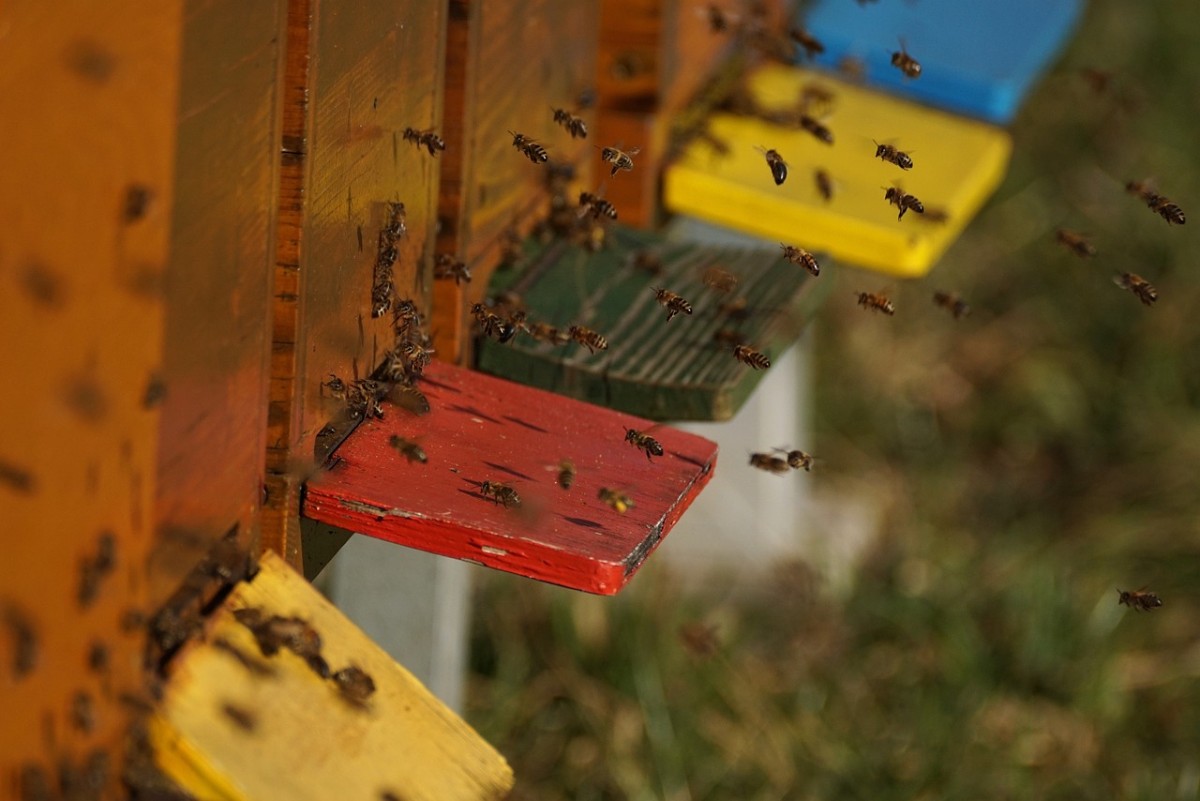
Bee Society and Hive Structure
Societies of bees, particularly in the case of honeybees and bumblebees, are characterized by a remarkable division of labor, with each bee playing a specific role for the betterment of the entire colony. The hive is typically led by a single queen, whose primary role is reproduction. Worker bees, who are all female, carry out a multitude of tasks including foraging for food, building and repairing the hive, cleaning, and caring for the young. Male bees, or drones, have a sole purpose: to mate with a new queen.
Life Cycle of Bees
The life cycle of bees is a fascinating process, and it varies depending on the type of bee. For honeybees, the queen lays eggs, each in its own cell within the hive. After three days, these eggs hatch into larvae. Worker bees feed and care for the larvae, which pupate after about six days. Within the pupa, the immature bee undergoes metamorphosis and emerges as an adult bee after approximately 12 days.
Communication Among Bees
Communication is crucial within a bee hive, and bees employ a variety of methods to convey information. One notable example is the “waggle dance,” a movement performed by worker bees to share the location of food sources with the rest of the colony. The direction and duration of the dance correspond to the direction and distance of the food source. This complex form of communication highlights the intelligence and social nature of bees.
As we delve into the life of bees, we come to appreciate these creatures as more than just pollinators. Their intricate social structures, multifaceted life cycle, and complex modes of communication highlight an intelligence that goes beyond mere instinct. It underscores the value of each bee and each bee colony in the grand scheme of our ecosystem, further emphasizing the importance of their protection. Indeed, understanding their life is a stepping stone to recognizing their value and the urgency of the threats they face.
Role of Bees in Pollination
Bees, undeniably, play a pivotal role in pollination, a process vital to our planet’s biodiversity and the sustenance of our food systems. By serving as efficient pollinators, bees contribute significantly to maintaining balanced ecosystems and promoting the production of various crops.
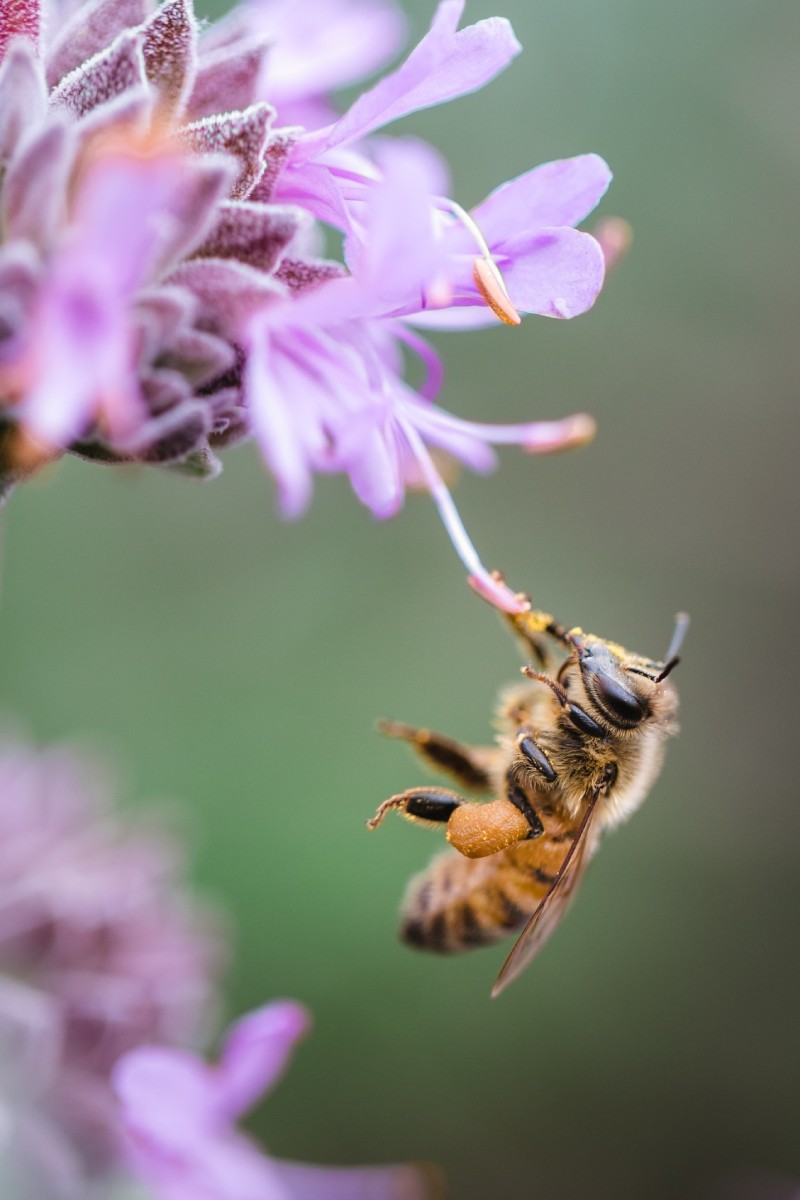
Understanding Pollination
Pollination is a natural process where pollen is transferred from the male part of a flower (the anther) to the female part (the stigma) of the same or another flower. This transfer leads to fertilization, allowing plants to produce fruit and seeds. Many plants rely on wind or water for pollination, but over 80% of flowering plant species globally depend on animals – especially insects like bees – for this purpose.
Bees as Pollinators
Among all pollinators, bees stand out for their efficiency and effectiveness. This is primarily due to their body structure and behavior. Bees have hairy bodies that trap pollen, and their feeding habits involve moving from flower to flower, thereby facilitating pollen transfer. Unlike many other insects, bees actively collect pollen to feed their offspring, making them excellent pollinators.
Bees also show flower fidelity, meaning they tend to visit the same type of flower in one foraging trip. This behavior increases the chances of successful cross-pollination as pollen is more likely to be transferred to the same plant species.
Impacts of Bee Pollination on Biodiversity
Bee pollination has far-reaching impacts on biodiversity. Their pollination services help to increase the genetic diversity of the plants they pollinate, strengthening the resilience of ecosystems against threats such as disease, pests, and climate change.
Additionally, by aiding in the reproduction of fruit and seed-bearing plants, bees support diverse habitats and provide food sources for a variety of wildlife. Their role in pollinating wild plant species also helps to maintain the natural landscapes we enjoy.
Bee pollination is essential to the survival of numerous plant species, and by extension, the animals that depend on those plants for survival. As such, the role of bees as pollinators directly and indirectly supports much of the world’s biodiversity, reminding us of the crucial part they play in sustaining life on Earth. Understanding the vital role of bees in pollination is a key step in recognizing the urgent need to protect these tiny powerhouses of our ecosystems.
Bees and the Food Chain
Bees play an integral part in the food chain by maintaining the balance between different organisms. They stand as a critical link between primary producers (plants) and various levels of consumers, contributing to biodiversity and the sustainability of ecosystems.
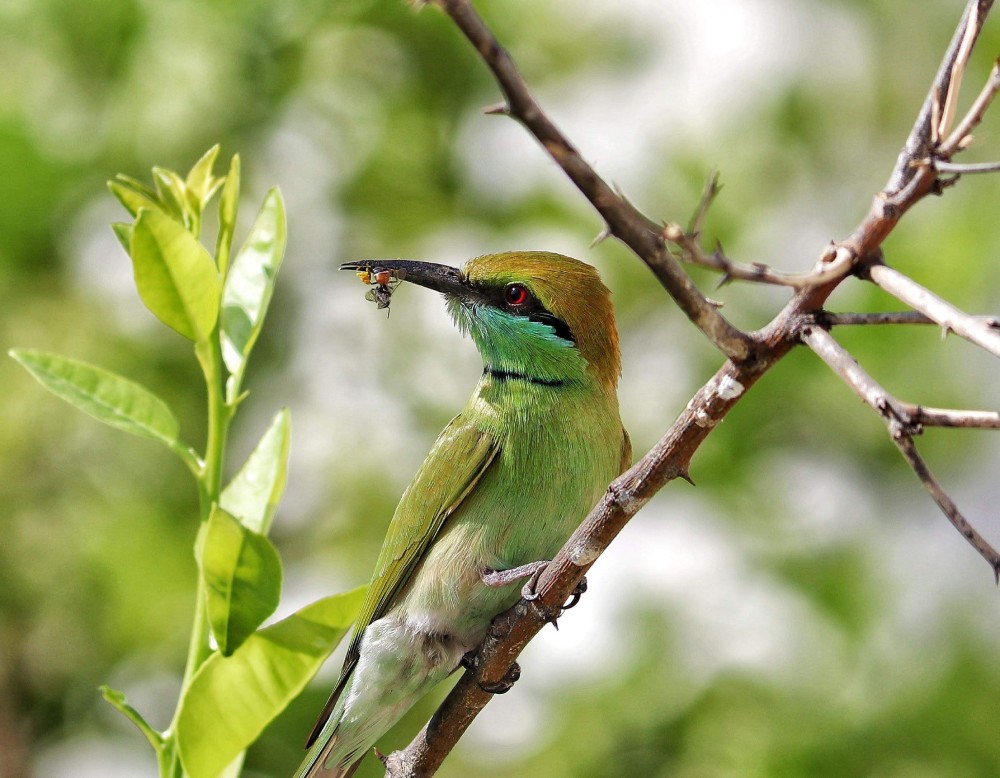
Bees’ Position in the Food Chain
In the food chain, bees function as primary and secondary consumers. As primary consumers, bees feed on plant nectar and pollen. Meanwhile, as secondary consumers, they become a source of food for various insects, birds, and mammals.
Moreover, bees also act as essential facilitators in the food chain. Their pollination services enable the reproduction of many plants, including those that form the basis of human food supply. Their role doesn’t stop at our dinner tables either; they also help produce food for other wildlife, establishing themselves as indispensable actors within the food chain.
Predators and Parasites of Bees
While bees have their role in the food chain, they also face threats from various predators and parasites. Some bird species, like the bee-eater, along with certain insects, reptiles, and mammals, rely on bees as a part of their diet. In addition to these predators, bees are also susceptible to parasites like Varroa mites and Nosema fungi. These parasites not only affect the bees directly but can also cause diseases within entire colonies, posing significant challenges to bee populations.
Impact on the Food Chain if Bees Disappear
If bees were to disappear, the food chain’s equilibrium would be severely disrupted. Given the pivotal role of bees in pollinating a large variety of plants, their disappearance would lead to a sharp decline in the production of fruits, nuts, and vegetables, affecting herbivores and, subsequently, the carnivores that feed on them.
The implications for human food systems would also be substantial. A world without bees would suffer a severe blow to the variety and availability of crops, leading to increased food prices and potential food scarcity.
Moreover, the loss of bees could lead to a reduction in habitat quality for many wildlife species, contributing to declines in their populations and affecting the larger predators that rely on them for food.
In summary, the loss of bees would trigger a domino effect throughout the food chain, highlighting the importance of conserving and protecting bee populations for the health of our ecosystems. Protecting bees is not only an ecological necessity but also a matter of food security and economic stability.
Bees and the Economy
Aside from ecological roles, bees also significantly impact our economy. Their pollination services, honey production, and contribution to agriculture all have tangible economic benefits.
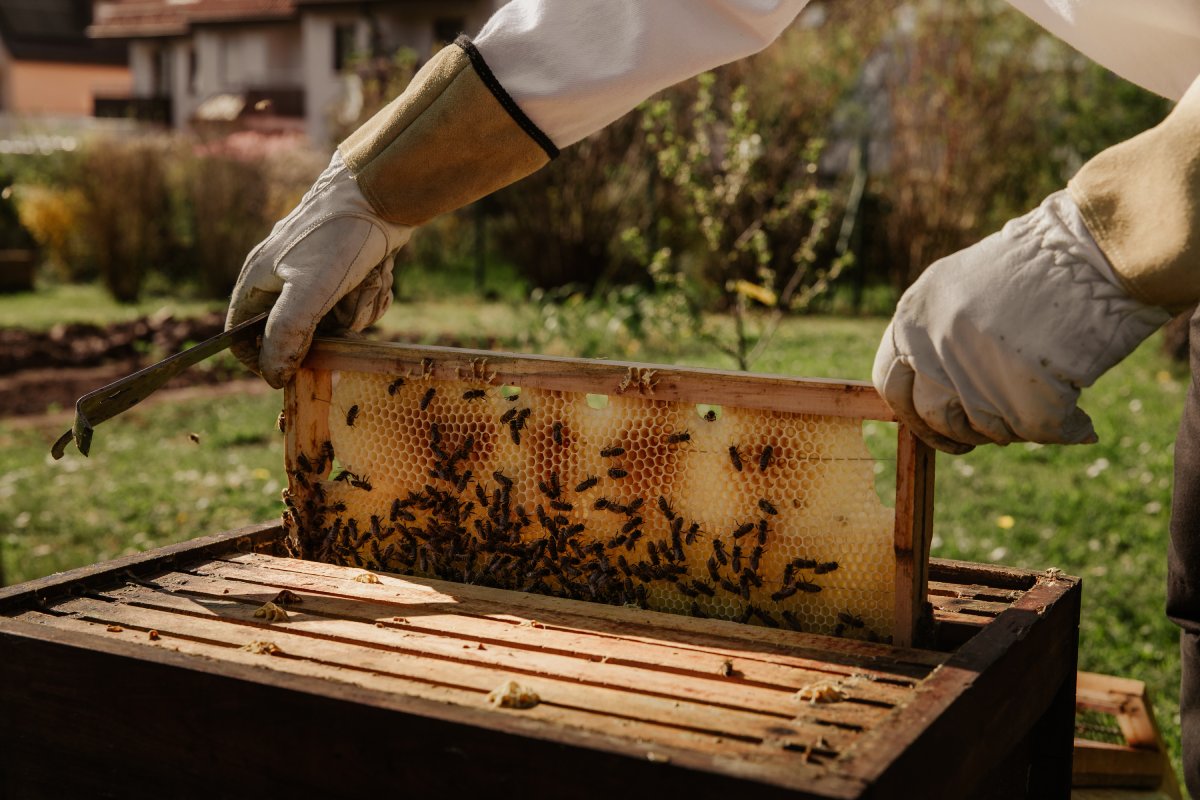
Contribution of Bees to Agriculture
Bees are the silent workforce in agriculture, underpinning food systems through pollination. They are nature’s most efficient pollinators, enhancing the yield and quality of crops ranging from fruits and vegetables to coffee and almonds. This pollination service is not only vital for food security but also for the economic sustainability of our agricultural systems.
For farmers, a healthy bee population can mean the difference between a bountiful harvest and a failed crop. By pollinating flowers, bees help plants produce fruit. Without their assistance, many plants would struggle to reproduce, leading to decreased crop yields.
Economic Value of Bee Pollination
The economic value of bees’ pollination work is enormous and often underappreciated. According to a study published in the journal ‘Nature,’ the global economic value of pollination, with bees as the primary contributors, amounted to €153 billion (about $172 billion) in 2005, representing 9.5% of the total value of world agricultural food production. The decline or loss of bee populations could significantly impact global food security and the economy.
Beekeeping and Honey Production
Beekeeping or apiculture is another avenue through which bees contribute to the economy. Honey and beeswax are valuable commodities, and their global trade provides income for many small-scale farmers and larger enterprises.
Moreover, beekeeping also offers opportunities for sustainable rural livelihoods. It requires minimal investment, can be done on a small scale in many different habitats, and provides products that are easily stored and transported.
In essence, bees are a cornerstone of global agricultural systems and economies. Their hard work benefits not only the plant life they interact with but also the human populations that rely on the fruits of their labor. Their protection and conservation, therefore, represent not just an ecological priority but also an economic one.
Threats to Bees
Bees face numerous threats in their daily lives, which pose significant challenges to their survival and, consequently, the health of our ecosystems and economies. The leading threats include pesticides and chemicals, habitat loss due to climate change, and diseases and pests.
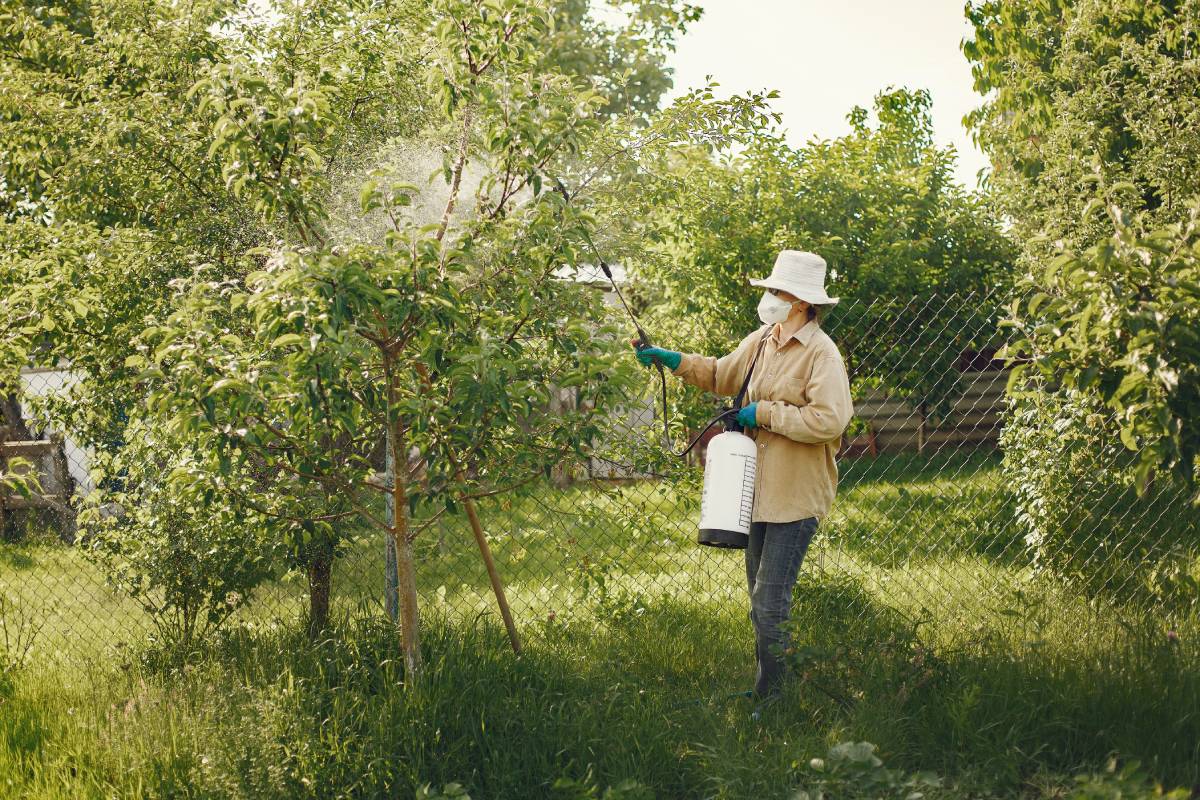
Pesticides and Chemicals
Pesticides are one of the most detrimental threats to bees. These chemicals, designed to protect crops from harmful insects, often have severe unintended consequences for beneficial insects like bees. Sub-lethal exposure to pesticides can affect bee health and behavior, impeding their ability to forage, learn and remember locations, and reproduce.
Neonicotinoids, a widely used class of pesticides, have been particularly linked to bee declines. They are neurotoxic and can disorient bees, hampering their ability to navigate and return to their hives. Therefore, reducing the use of these harmful chemicals is a critical step towards protecting our valuable pollinators.
Habitat Loss and Climate Change
The loss of natural habitats due to urban development, agriculture, and deforestation is another significant threat to bees. It deprives them of the diverse flowers they need for food, leading to poor nutrition and making them more susceptible to diseases and pests.
Moreover, climate change poses a complex threat. As temperatures rise, flowering times can shift, disrupting the synchrony between bees and the plants they pollinate. Extreme weather events, such as droughts and heatwaves, can also negatively impact bees.
Diseases and Pests
Bees also face threats from various diseases and pests. Varroa mites, for instance, are parasites that feed on bees and transmit deadly viruses. Other diseases like American foulbrood and chalkbrood can decimate entire colonies.
Colony Collapse Disorder (CCD) is another concern, where the majority of worker bees in a colony disappear, leaving the queen behind with a few nurse bees. While the exact cause of CCD is unknown, it’s likely a combination of factors including pesticides, diseases, and stress.
In the face of these threats, it’s imperative to take action to protect bees. By understanding and mitigating these risks, we can create a more sustainable future for these critical pollinators. After all, our fate and the bees’ are deeply intertwined.
Consequences of Declining Bee Populations
As bees play a critical role in our ecosystem, their decline brings serious consequences that extend beyond their species. From food security to biodiversity and the broader ecosystem, the loss of bees could significantly disrupt life as we know it.
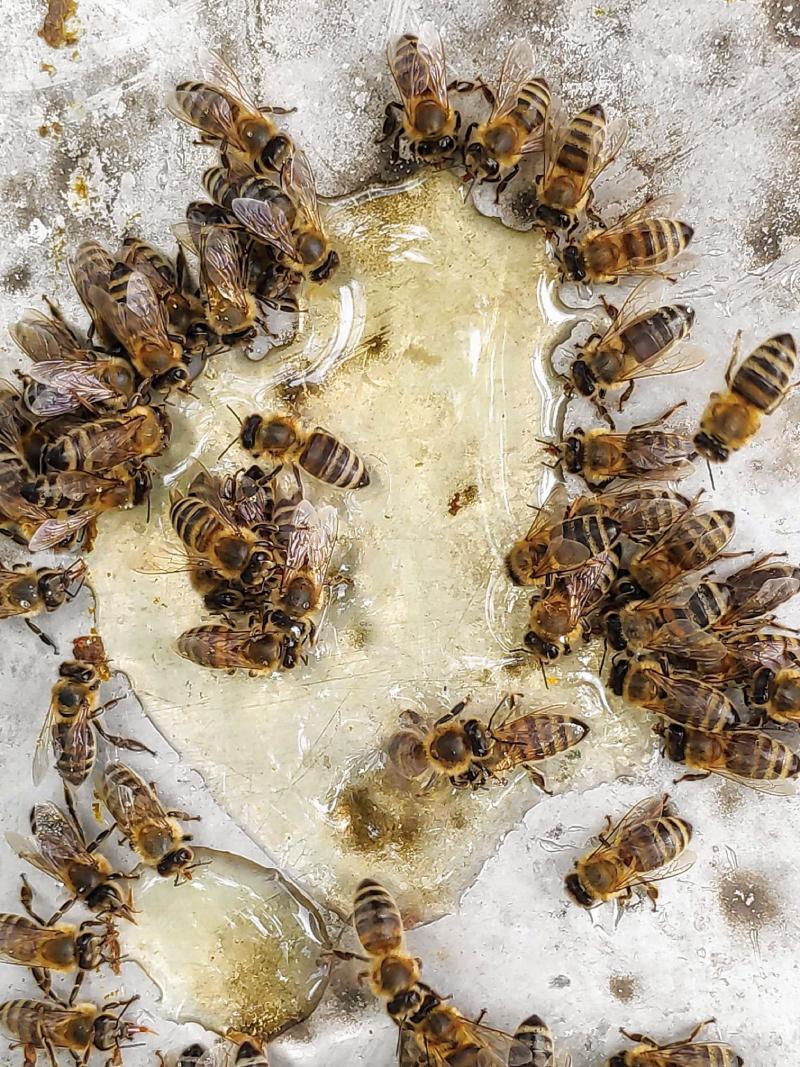
Impact on Crops and Food Security
First and foremost, declining bee populations directly threaten our global food security. Bees, being vital pollinators, are responsible for about one-third of the food we consume. Their work allows plants to produce the fruits, vegetables, nuts, and seeds that make up a large part of our diets.
Without bees, our food system would need to rely heavily on wind-pollinated or self-pollinated crops, which would mean a less diverse and nutritionally balanced diet. Additionally, the reduction in yield would increase competition for these crops, potentially leading to higher food prices.
Decline in Biodiversity
Bees also play a significant role in supporting biodiversity. By pollinating flowers, they help to propagate plant species, leading to varied and thriving ecosystems. Bees, therefore, play a fundamental role in maintaining the health and vitality of our forests, grasslands, and other natural habitats.
A decline in bee populations could result in a decrease in the diversity of plant species, which could, in turn, affect other wildlife dependent on those plants for food and habitat. This ripple effect could lead to a significant loss in biodiversity, which would weaken ecosystems and make them less resilient to changes and threats.
Potential Domino Effect on Ecosystem
The loss of bees could also cause a domino effect within the ecosystem. As primary pollinators and a food source for other species, bees form a central link in the food chain. If bees disappear, it would disrupt the balance of our ecosystem, affecting not just plant life but also the animals and insects that rely on those plants and on bees themselves.
For example, the decline in certain plant species could affect herbivores that rely on these plants for sustenance. In turn, this could impact the predators that feed on those herbivores. The interconnectedness of our ecosystems means that the loss of one species can have cascading effects throughout the entire system.
In conclusion, the declining bee populations bring more than just the loss of these fascinating insects. They threaten the very fabric of our ecosystems, our food security, and our biodiversity. It underscores the urgency and importance of protecting these tiny yet mighty creatures.
Current Conservation Efforts
Awareness of the importance of bees and the threats they face has been growing over the past few years. In response, numerous conservation efforts have been initiated across the globe, encompassing governmental policies, international initiatives, and grassroots movements.
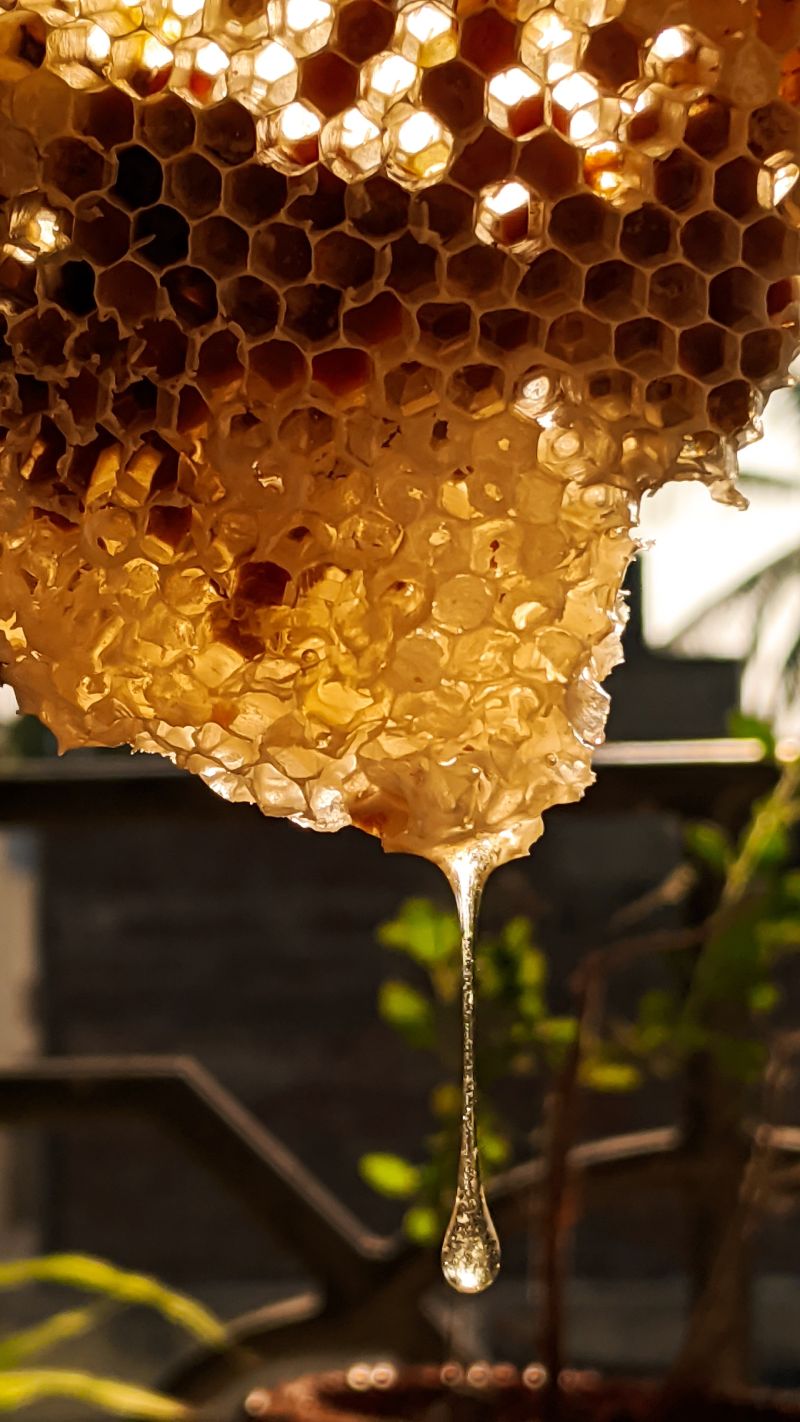
Policies for Protecting Bees
Governments around the world are waking up to the importance of bee conservation. They are introducing policies and regulations aimed at protecting these crucial pollinators. For instance, certain pesticides harmful to bees, such as neonicotinoids, have been banned or restricted in some countries.
Habitat conservation is another policy focus. Governments are allocating funds to restore habitats and encouraging farmers to dedicate a part of their lands to wildflowers or other plants beneficial to bees. Some regions have even introduced “pollinator strategies” aiming to provide food and shelter for bees throughout their life cycle.
Conservation Initiatives Around the World
On a global level, several organizations are working tirelessly to protect and conserve bee populations. These include the likes of the Bumblebee Conservation Trust, the Honeybee Conservancy, and the Pollinator Partnership. They conduct research, advocate for policy changes, and raise public awareness about the importance of bees.
Moreover, initiatives like World Bee Day (celebrated on May 20th) are instrumental in raising public awareness and driving conversations about the importance of bees, the threats they face, and the actions we can take to safeguard them.
Role of Beekeeping in Conservation
Beekeeping plays a significant role in the conservation of bees. Managed bee colonies can supplement the work of wild pollinators and help to maintain genetic diversity within bee populations. Furthermore, beekeepers are often at the forefront of conservation efforts, educating the public about bees and lobbying for bee-friendly policies.
However, beekeeping must be practiced responsibly. Over-reliance on managed bees can potentially outcompete wild pollinators or spread diseases. As such, balanced approaches that consider both wild and managed bees are essential for sustainable conservation.
In conclusion, the conservation of bees requires a multifaceted approach, involving policy changes, global initiatives, and grassroots action. While we have made significant strides, there is still a lot more to be done to ensure the protection of these vital creatures and, in turn, our ecosystems and food security.
How to Support Bees and Promote Their Conservation
While the threats to bees are significant, there is much we as individuals can do to help. By creating hospitable environments, supporting local beekeepers, and advocating for bee-friendly policies, we can each play our part in the effort to conserve our vital bee populations.
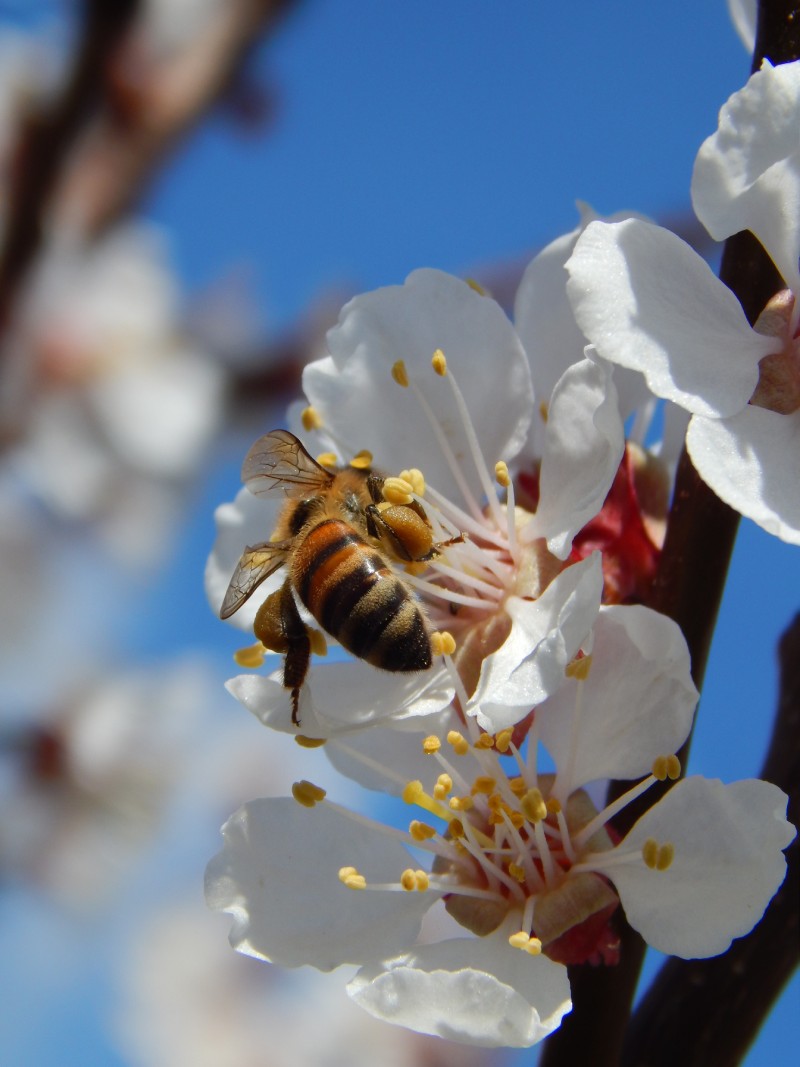
Creating Bee-Friendly Gardens
One of the most direct ways to support bees is by creating a bee-friendly garden. Bees need food, water, and shelter, and your garden can provide all three.
Planting a variety of flowers that bloom at different times throughout the year ensures a steady food supply for bees. Native wildflowers are especially beneficial as they are best adapted to your local bees’ needs. Trees and shrubs can also provide abundant food and shelter.
Providing clean water in a shallow dish with pebbles or twigs for the bees to land on is another easy way to help. Additionally, leaving some areas of your garden undisturbed can offer nesting sites for ground-nesting bees.
Supporting Local Beekeepers
Another way to support bees is to buy honey and other bee products from local beekeepers. This not only helps support the beekeepers but also encourages sustainable beekeeping practices.
Local beekeepers often follow organic or low-intervention methods, which are healthier for bees. They also help maintain local bee populations and contribute to local biodiversity. By buying local honey, you’re supporting the wellbeing of local bee communities and contributing to your local economy.
Advocacy and Raising Awareness
Advocating for bees and raising awareness about their importance is another crucial way to help. This can take many forms, from discussing the issue with friends and family to contacting your local representatives about bee-friendly policies.
You can also participate in citizen science projects to monitor bee populations, or volunteer with local conservation organizations. Every conversation, every letter, every act of participation counts in the collective effort to save our bees.
In the end, supporting bees and their conservation is not just about the bees themselves. It’s about recognizing and respecting the interconnectedness of all life. By taking small steps to help bees, we’re helping our entire ecosystem, including ourselves. As we move forward, let’s remember that every action matters, and together, we can make a difference.
Conclusion
As we’ve explored throughout this post, bees play a crucial role in our ecosystem. Their tireless work supports our planet’s biodiversity, our food production systems, and our economy. With the urgency of the threats bees face, it’s more important now than ever that we step up to protect them.
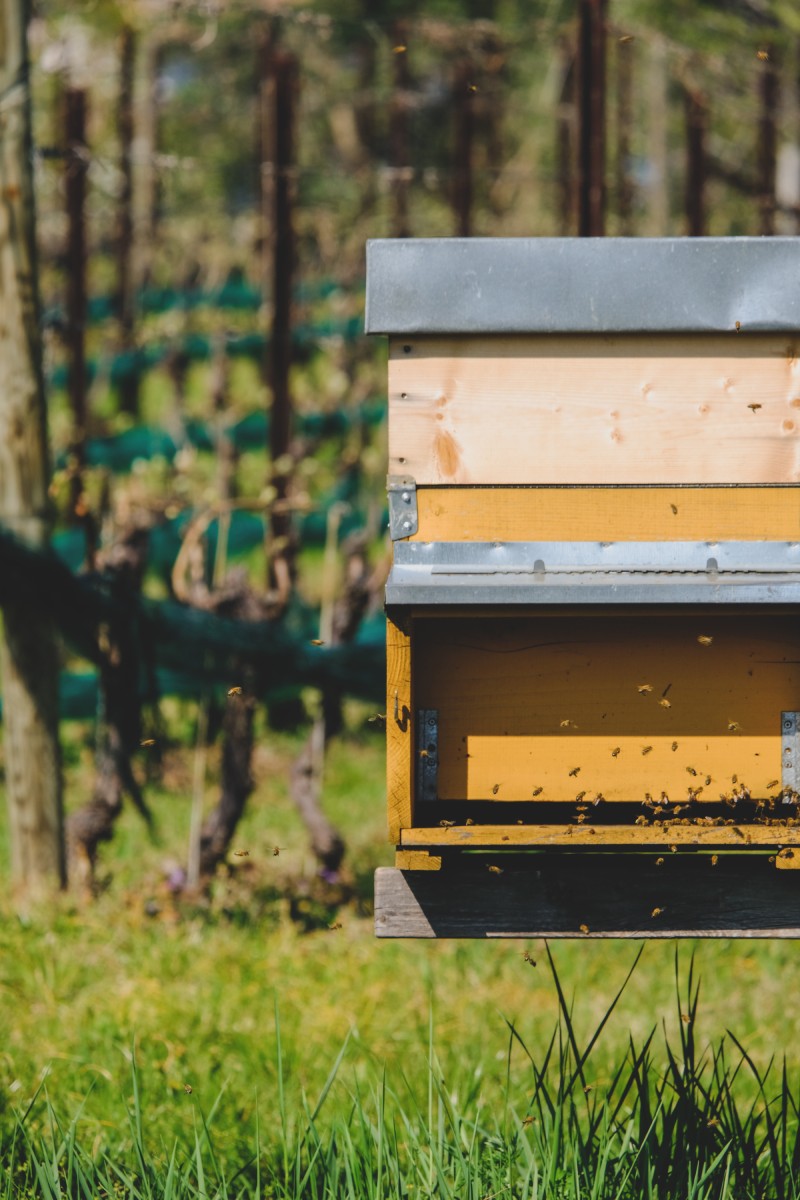
Recap of Bees’ Role in Our Ecosystem
From pollinating plants and crops to serving as a vital link in the food chain, bees contribute in countless ways to the health of our ecosystem. They are our silent partners in agriculture, facilitating food production and ensuring we have a diverse diet.
Moreover, bees contribute to the health of our economy. Through their labor, they help sustain the agricultural industry, underpinning billions of dollars’ worth of crops. The honey industry, reliant on beekeeping, also plays a significant part in many local economies.
The Urgency of Protecting Bees
Despite their importance, bees are under serious threat. Pesticides, habitat loss, disease, and climate change are all factors contributing to declining bee populations.
The potential consequences of this decline are severe and far-reaching. A loss of bees would lead to diminished crop yields, impacting food security. Reduced plant biodiversity would also disrupt ecosystems, potentially leading to a domino effect of species loss.
Encouraging Readers to Contribute to Bee Conservation Efforts
Given the urgency of the situation, it’s clear that everyone has a role to play in bee conservation. Whether it’s creating a bee-friendly garden, supporting local beekeepers, or advocating for policies that protect bees, every action counts.
The task may seem daunting, but it’s important to remember that change often begins with small, individual actions. By learning about bees, understanding their importance, and taking steps to support them, we can each contribute to the collective effort to save our bees.
As we conclude, we invite you to join us in this crucial endeavor. The future of our bees – and potentially our own – depends on it. We have an opportunity to demonstrate our respect for nature and our commitment to preserving the balance of our ecosystem. Let’s embrace it with both hands and work together for the protection of bees.

